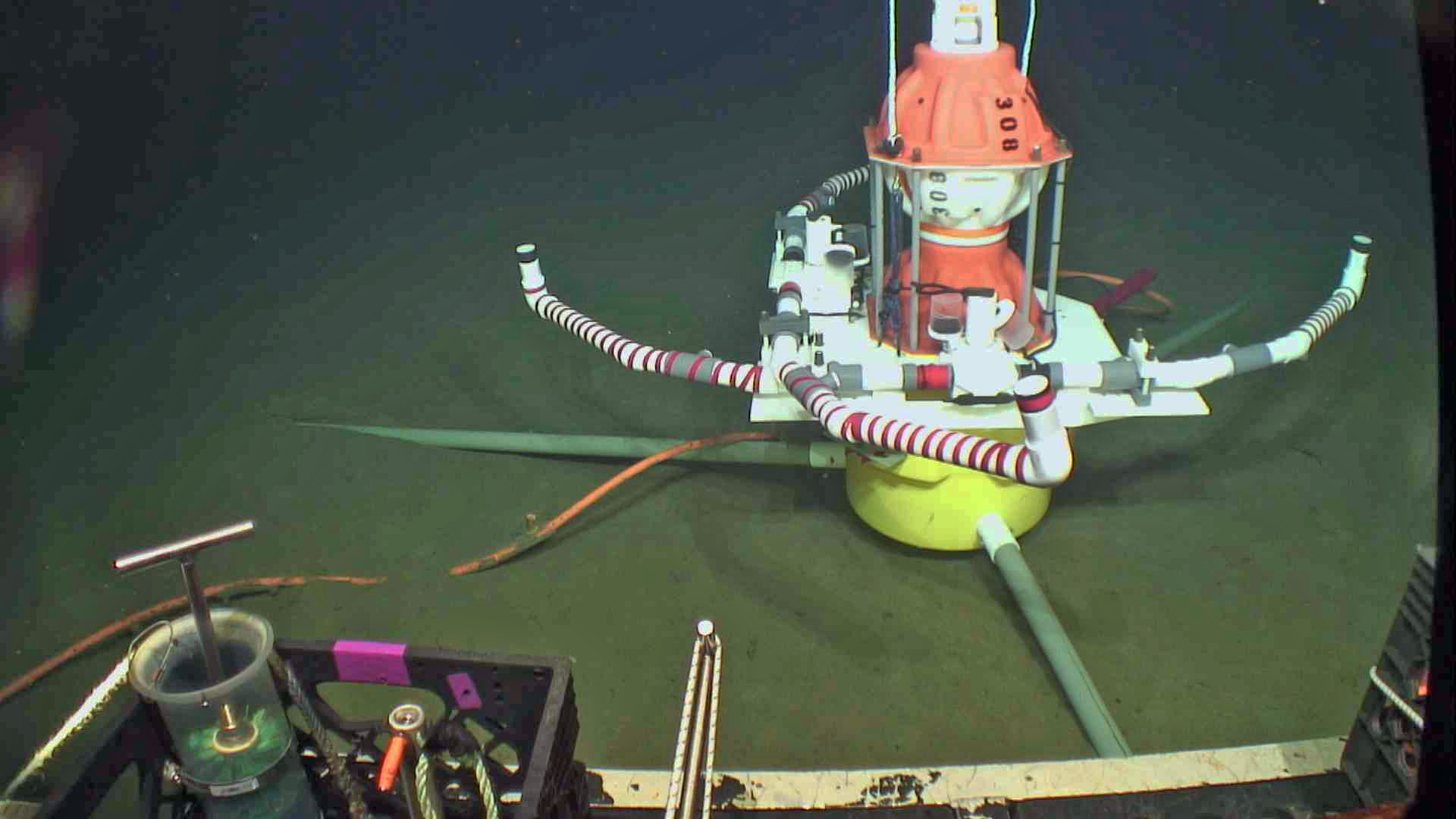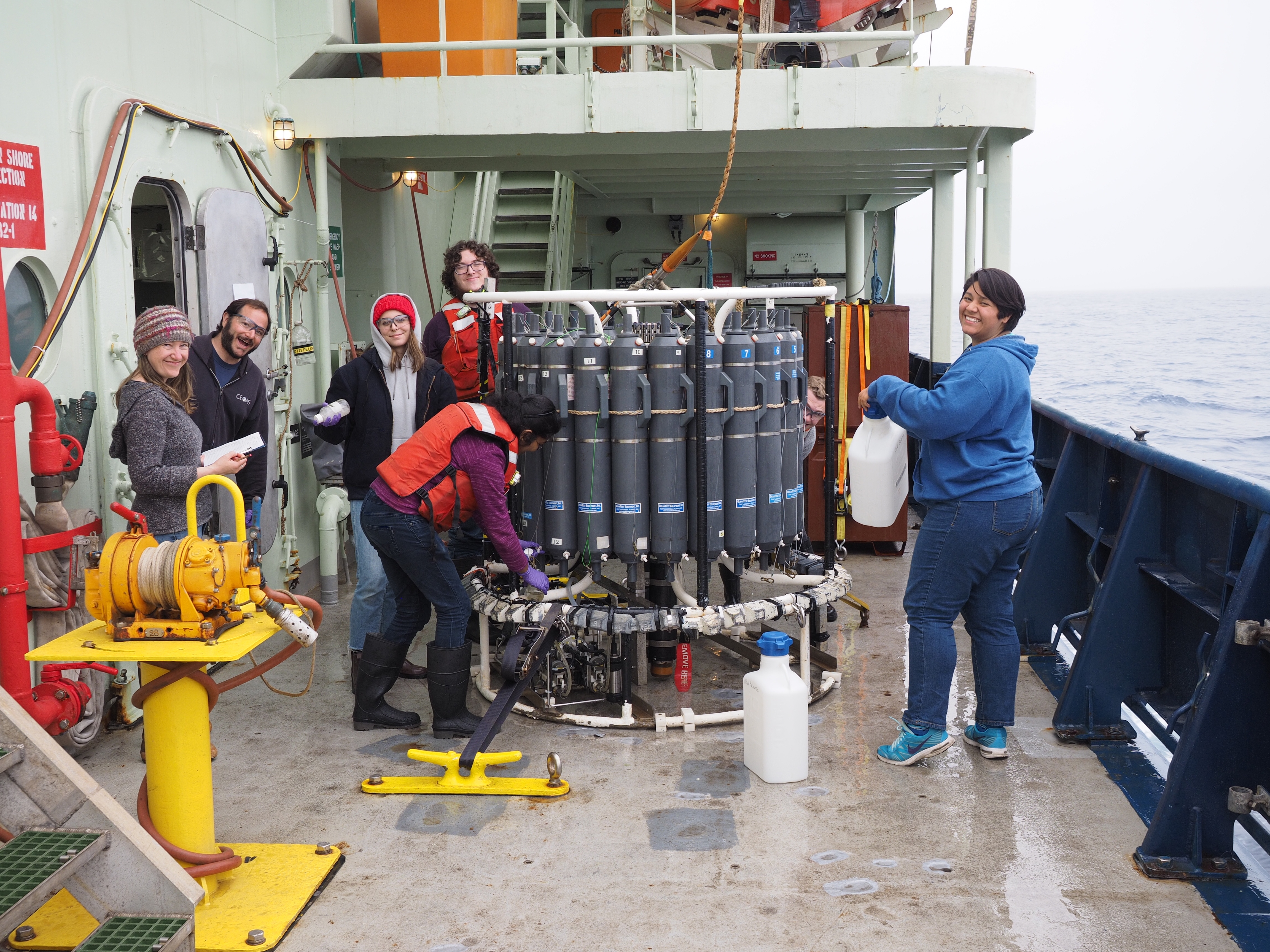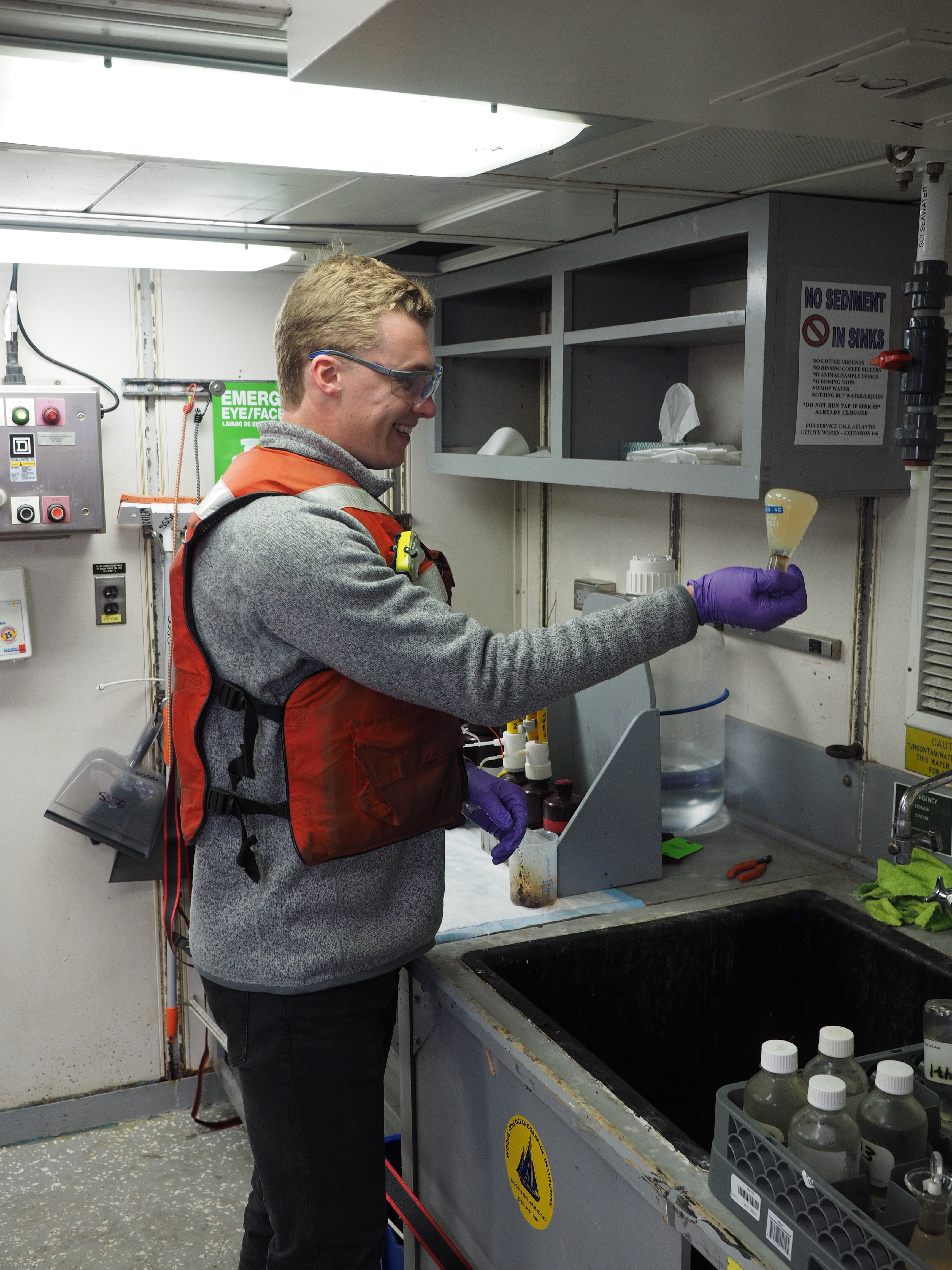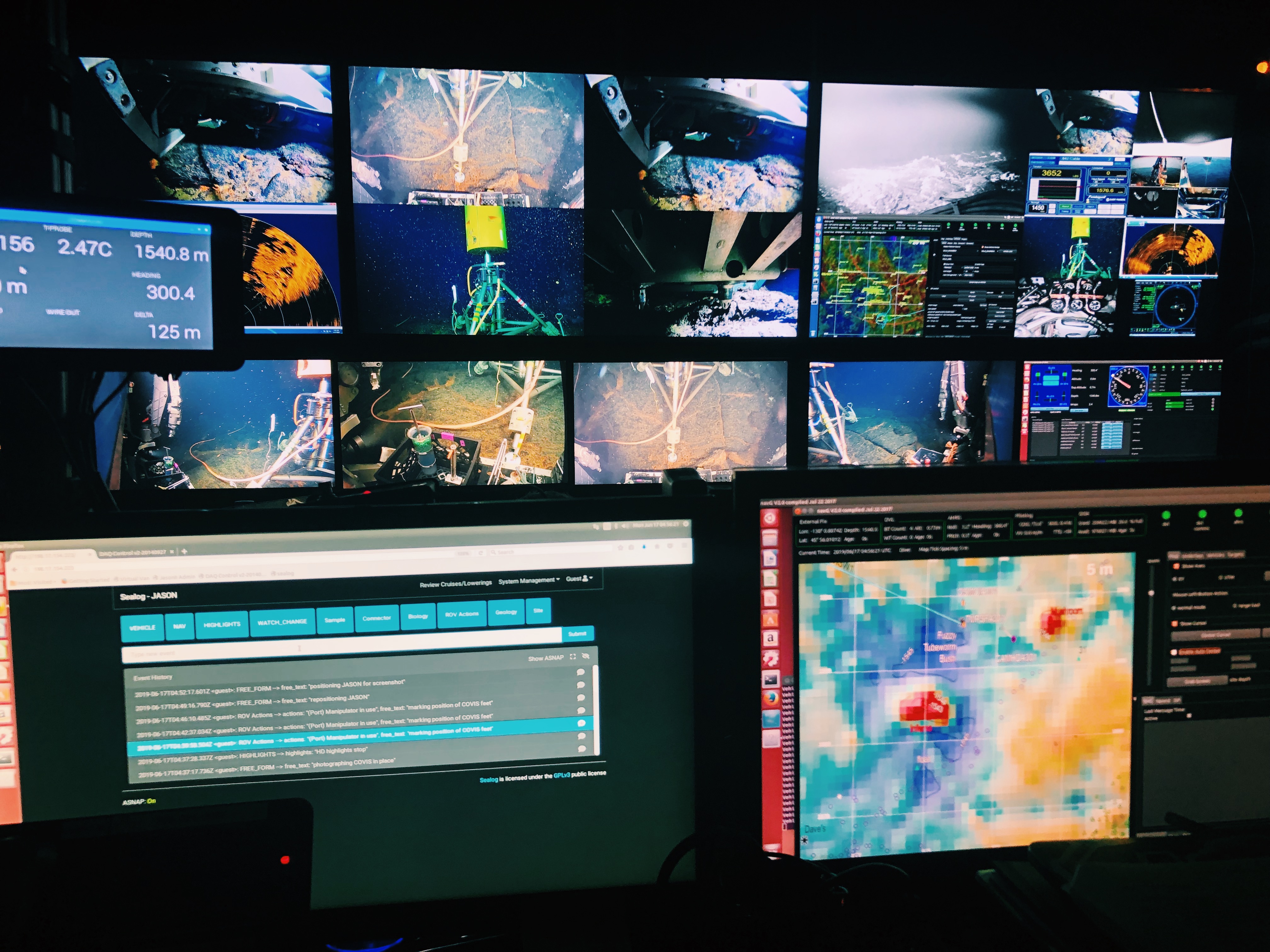Image Archive





























summerfarrell

Chris_Archer

Mike_Harding

Tim_Mcginnis

Ben_Brand

A rattail fish (aka Grenadier) at the Slope Base site, with parasitic copepods attached to its back. Credit: UW/NSF-OOI/WHOI, V19.

HPIES_Jason_2_arms

HPIES_2018_2019

Dana_Manalang

Leg 2 VISIONS students on deck of the Atlantis enjoying the art of water sampling. Credit: Orest Kawka, University of Washington; V19.

UW Research Scientist, Wendy Reuf, leads sampling of ocean water during Leg 2 of the Regional Cabled Array. Credit: Orest Kawka, University of Washington, V19.

OLYMPUS DIGITAL CAMERA

OLYMPUS DIGITAL CAMERA

Analytical Lab onboard the Atlantis. Credit; Chelsea Meier, Queens College, V19.

Processed with VSCO with c1 preset

Control room during COVIS recovery. Photo Credit: UW/NSF-OOI/WHOI, V19

A peaceful day at sea. Credit: Chelsea Meier, Queens College; V19

UW undergraduate student, Hayden Amidon, samples fluids taken from 8500 ft beneath the oceans' surface. Credit: M. Elend, University of Washington; V19.

Tina Haskins

Mario_Frenandez

Kellen_Roseburg

Grant_Dunn

A Pom Pom anemone on sedimented seafloor 8530 ft beneath the oceans' surface. Credit: UW/NSF-OOI/WHOI; V19.

Deep-sea octopus (Muusoctopus sp.) at Axial Base 2600 m; Photo Credit: UW/NSF-OOI/WHOI, V19

J1158_20190617_143019_recovery

The HPIES instrument installed in 2018 is recovered underneath Jason. Credit: M. Elend, University of Washington;V19.

J1158_20190617_142722_recovery

HPIES Recovered From Axial Base
- Anemone
- Animal
- Arthropod
- ASHES
- Axial
- Axial Base
- Axial Biology
- Axial Caldera
- Bacteria
- Basalt Lava
- BEP
- Biofouling
- biolgoy
- Biology
- Camds
- Camera
- Camhd
- Central Caldera
- Ciliates
- Cnidaria
- Coastal Biology
- Crab
- Deep Profiler Mooring
- Dive Highlights
- Eastern Caldera
- Echinoderms
- Endurance Array
- Engineering Team
- ENLIGHTEN 10
- Exploratorium
- Fish
- Geology
- HD Camera
- HPIES
- Hydrate Ridge
- Hydrates
- Hydrophone
- Hydrothermal Vents
- Illustration
- Inshore 80 Meters
- Instrument
- International District
- J-BOX
- Jason
- Jellyfish
- Junction Box
- K12
- Lava
- Mollusk
- Moorings
- Nodes
- Nudibranch
- Octopus
- OOI
- Oregon Offshore
- Oregon Offshore 600 m
- Oregon Shelf
- Oregon Slope Base
- People
- PN1B
- PN1D
- Polychaetes
- PPSDN
- Primary Node
- RASFL
- ROCLS
- ROPOS
- ROPOS Dives
- ROV Team
- RV Revelle
- RV Sikuliaq
- RV Thompson
- Salp
- Sample
- SC13
- Science Team
- Sea Cucumber
- Sea Star
- Sea Urchin
- Seafloor
- Seismometer
- Sensors
- Shallow Profiler Mooring
- Shark
- Shipboard
- Shore Station
- Slope Base
- Smoker
- Soft Coral
- Southern Hydrate Ridge
- Sponge
- Squid
- Students
- Students & Guest Participants
- Tmpsf
- Tubeworms
- VISIONS 11 Leg 1
- VISIONS 11 Leg 2
- VISIONS 11 Viewers
- VISIONS 13
- VISIONS 14
- VISIONS 15
- VISIONS 16
- VISIONS 17
- VISIONS 18
- VISIONS 20
- VISIONS 22
- VISIONS 23
- Visualization
